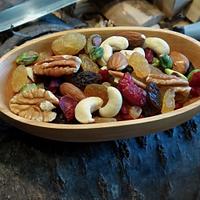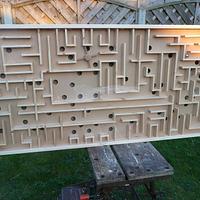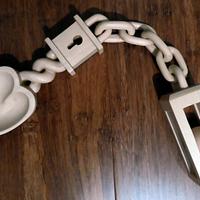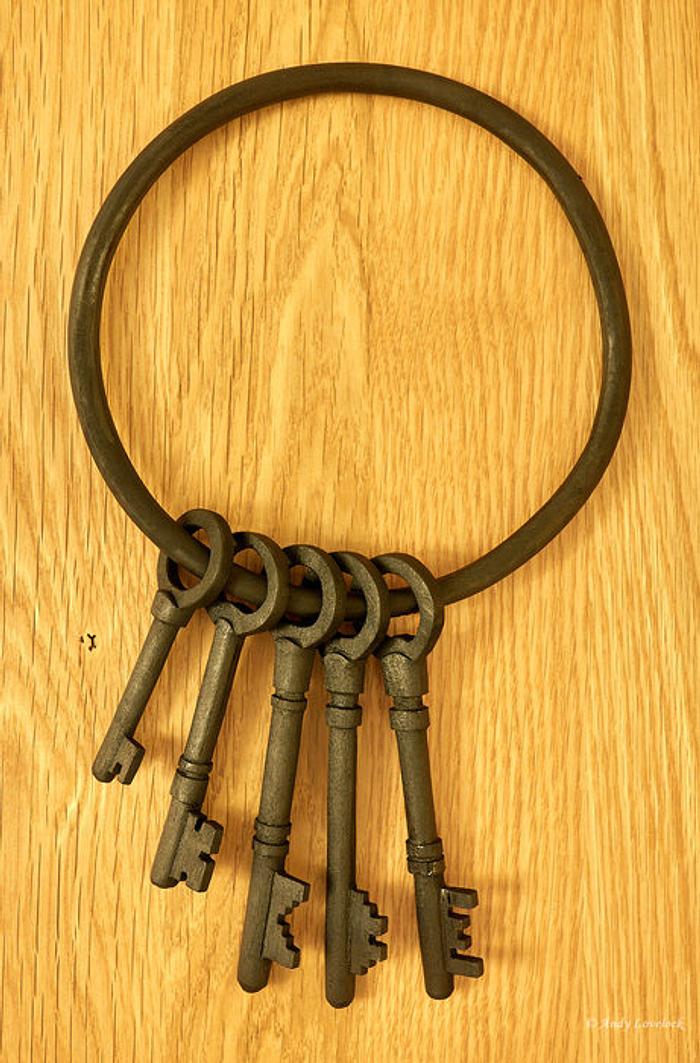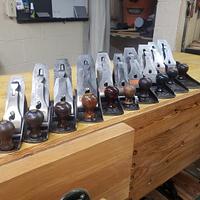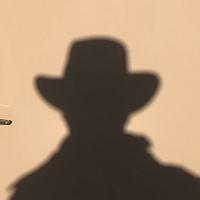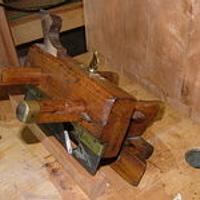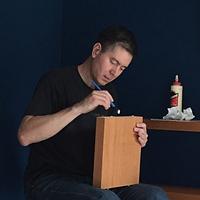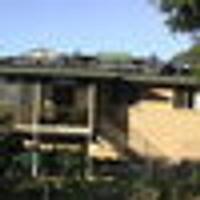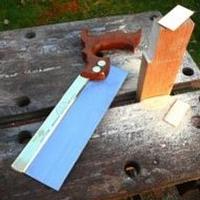
Brit
in over 11 years
More from Brit
Hand Carved Jailer's Keys
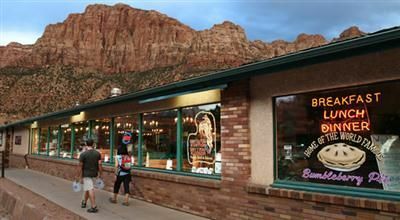

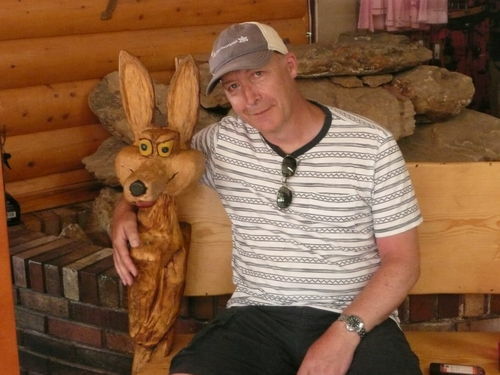
Whilst tucking into my burger and fries…
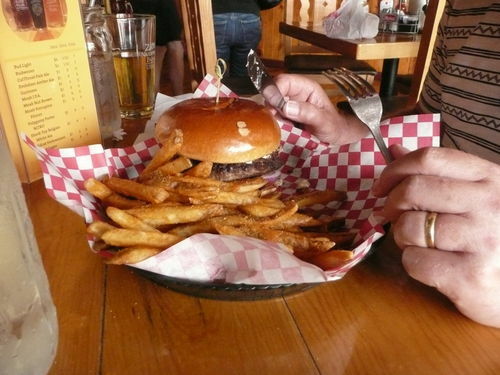
I looked around at the wild-west memorabilia that adorned the walls. Some of it was humourous…

...and some of it was just interesting. One thing that caught my eye was a bunch of old keys (presumably for the jailhouse). I thought they would make a challenging hotel room carving project, so I took a quick photo to remind myself to have a go.

I didn't set out to make an exact replica of these particular keys, I just used them for my inspiration.
The project started out in my workshop as a short plank of lime wood as wide as the key ring and as thick as the keys. Try to imagine how many saw cuts I had to make and which saws I needed to cut out the basic blank. You'll have to imagine it, because I didn't take any pictures of that bit. LOL. Let's just say it was a lot of careful sawing by hand before I could start carving.
The next thing was to carve the ring to its approximate diameter and separate each key blank from the ring itself so they could move freely around the ring without fear of snapping it.
The rest of the work was all done in various hotel rooms with a Mora carving knife, some small files and a modicum of profanity. I say that because the most frustrating thing about this project was the awkwardness of it. I found that when I was working on a particular key, I had to constantly be aware of where the other keys and the ring were and arrange them so I didn't inadvertently put pressure on them. Because of this, I kept putting this project aside for a few months and then picking it back up again. I can't tell you how many times I wanted to throw this project at the wall. Obviously I didn't, but needless to say I'm relieved to call this one done.
Here's some progress shots at various points along the journey.
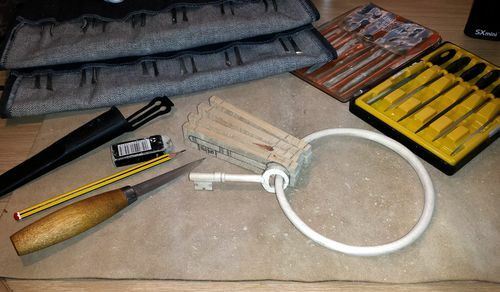
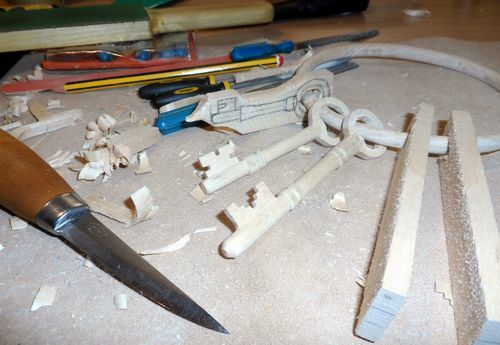
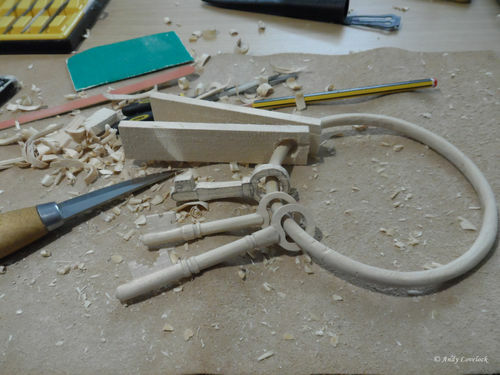
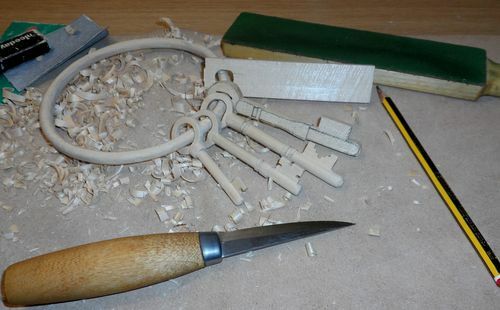
I thought long and hard before ebonizing this piece because I also quite like it au naturel. To help me make my mind up, I took a photo of the finished carving…

and used my photographic software to show the inverse of the image.
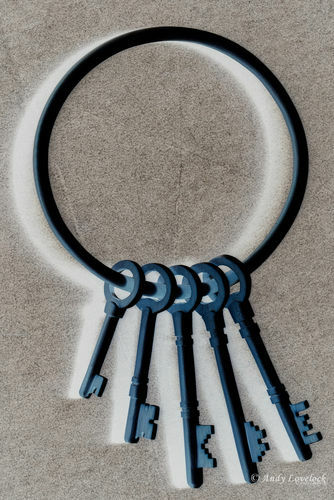
To my mind the keys looked more realistic coloured black and seemed to have more weight to them, so I decided to go with that. Now there are a number of ways to ebonize wood. Perhaps the most commonly known is to stuff a load of de-greased steel wool in a jam-jar, fill it up with white vinegar (which is 5-10% acetal acid and 90-95% water), screw the top on, wait a week and then hope for the best. IMPORTANT - You must punch 2 or 3 holes in the lid to let it off gas. When you apply the mixture to wood, you are relying on a chemical reaction to turn the wood black. The extent to which this process is successful depends on the wood you are applying it to. If the wood has a high tannin content, it should work fine. If it doesn't, you will need to take about 10 tea bags and brew a very strong cup of tea and add that to the mixture. In short, this method can work but it is often a bit hit and miss.
I didn't even try that method because I already knew that you can't get any blacker than Indian ink. Not all Indian inks are the same mind you, so you need to do your homework on what they contain. My favourite for this type of application is Windsor and Newton which contains shellac.
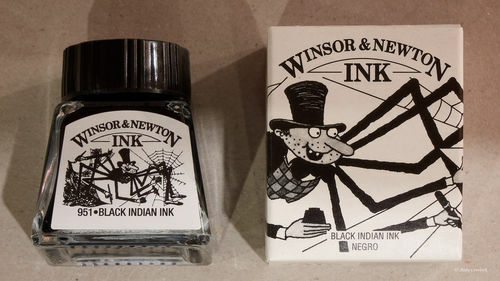
Indian ink is lightfast and highly water resistant once dry. I should point out that I intentionally only gave this piece a light sanding to P180 grit because I wanted the keys to have some imperfections and texture under the ink. After all, when you look at old keys they aren't exactly smooth. I applied the ink with a small flat brush (a little goes a long way) and gave it two coats.

I'm really pleased with the way they turned out.
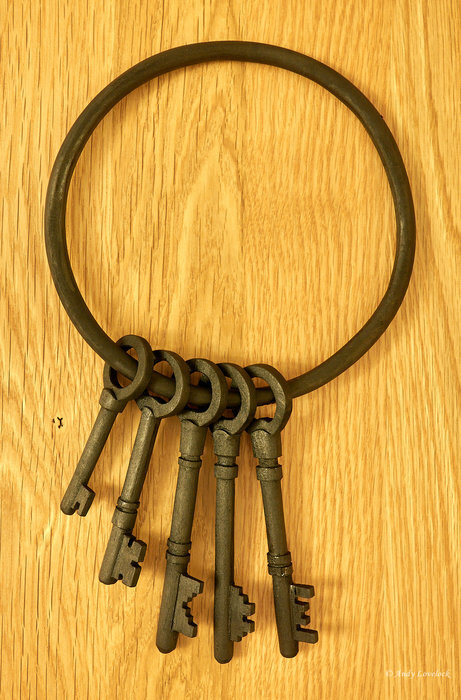
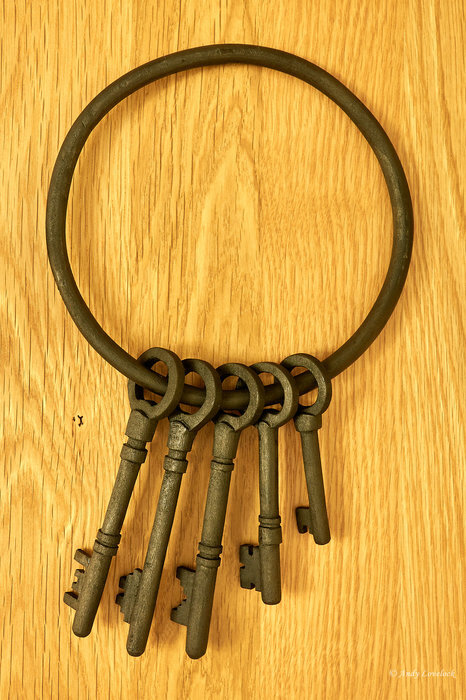
Whilst carving these keys I got to thinking about how much we rely on keys in our everyday lives and before I knew it, I'd written a poem.

Andy -- Old Chinese proverb say: If you think something can't be done, don't interrupt man who is doing it.
28 Comments
working with my hands is a joy,it gives me a sense of fulfillment,somthing so many seek and so few find.-SAM MALOOF.
Andy -- Old Chinese proverb say: If you think something can't be done, don't interrupt man who is doing it.
Jerry-Holland Mi
May you have the day you deserve!
Ron
-- There is nothing like the sound of a well tuned hand plane. - https://timetestedtools.net
That requires a lot of patience to complete something so intricate and complicated. They look like the real thing!
L/W
“Those who would give up essential Liberty, to purchase a little temporary Safety, deserve neither Liberty nor Safety.” Benjamin Franklin
Darrel
Ryan/// ~sigh~ I blew up another bowl. Moke told me "I made the inside bigger than the outside".
@Foghorn - I'll have to try that. I have some black Fiebings leather dye.
Andy -- Old Chinese proverb say: If you think something can't be done, don't interrupt man who is doing it.
Main Street to the Mountains
I just looked through all your projects and they are all so well done. You are a very talented guy Andy.
.................. John D....................
Cheers, Jim ........................ Variety is the spice of life...............Learn something new every day
?
Then I read your description. Very cool!
Regards Rob









